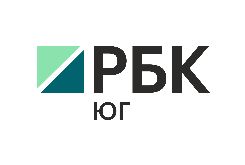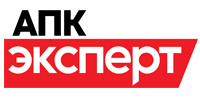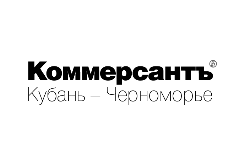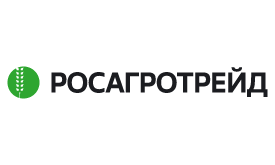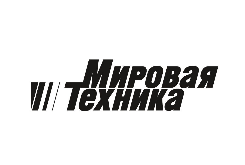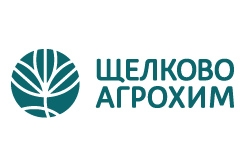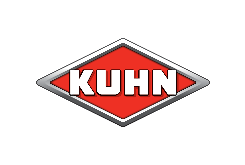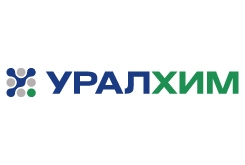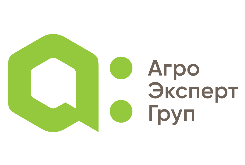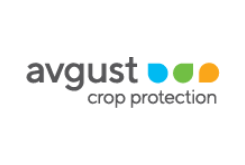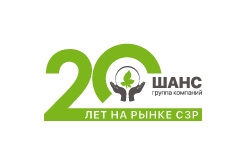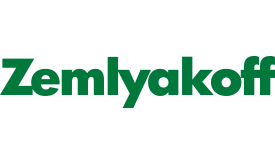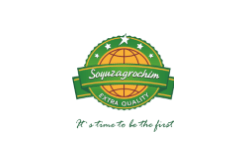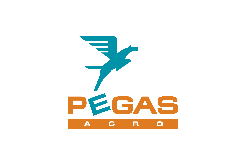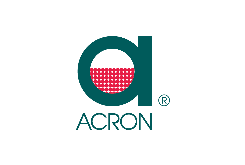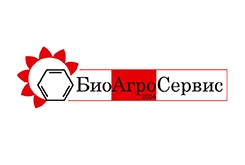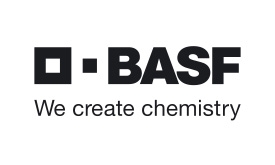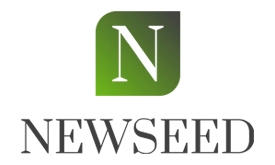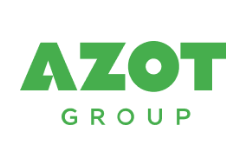THE FUTURE OF RUSSIAN AGRICULTURE

As one of the few industries to actually grow during the recent economic crisis, agriculture and crop farming in Russia is exceptionally resilient. Production output is incredibly high, and getting higher, so the future looks bright for Russia’s farmers
YugAgro is here to make some bold predictions regarding how agriculture will develop in Russia over the coming years, so join us as we take a trip into the near future to get some valuable insight.
The future of agriculture in Russia
Greater crop exports
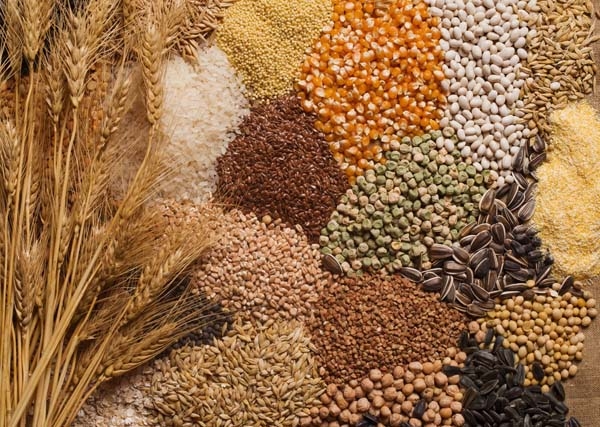
Russia currently can’t stop breaking post-Soviet production records, as harvests continue rise and rise. Farmers are churning out exceptional volumes of crops, which are feeding into greater exports. Not bad for a nation that just 20 years ago was a net importer of cereal crops.
Agricultural exports are on track to hit a new high of $23bn by the end of 2018, which is a 6.5% increase against 2017’s totals. Minister of Agriculture Dmitry Patrushev forecasts exports worth $24bn by 2019 too, and continue to exhibit positive growth into the next decade.
Further growth is expected, according to the Minister. “Under a favourable economic environment, exports are projected to grow to $25bn by 2020 and to $28bn by 2021,” Mr Patrushev said.
We know Russia’s increasing output will net some big financial rewards, but who will be buying all these grains and crops?
Increased global reach for Russian produce
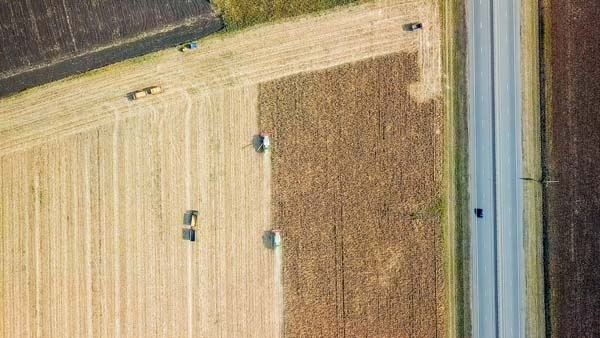
Fruits, vegetables and grains will soon be making their way to more import destinations, as well as seeing the levels bought by old trading partners rise too. A number of countries have inked new trade pacts with Russia. Others have opened their market to Russian goods too.
Let’s use Indonesia as an example. In September 2018, the archipelago nation authorised imports of Russian corn and soybeans. Indonesians will soon be importing their significant chunk of Russia’s total 5.5m ton corn exports.
Asia and the Middle East are the premier markets for Russian corn. Turkey, South Korea and Lebanon are the top four importers. Turkey actually imported 123% more Russian corn in 2017, which suggests it will become even more important as a market for Russian exports.
This is reinforced by the fact the EU, another top five importer, reduced its intake of corn by around 30% from Russia during the same year.
Morocco is likely to import greater levels. Dmitry Patrushev met with the Moroccan Foreign Affairs Minister, Nasser Bourita, in October to establish deeper agricultural cooperation and trade between the two states.
In fact, Morocco will reduce its import tariffs after successful Russian lobbying from 1 November 2018. Previously, after its own bumper harvest, Morocco raised tariffs to 135%, which will now drop to 30% from November, so expect to see more Russian wheat heading to the North African country soon.
Moving back to Asia, India is also deepening cooperation with Russia. As of 2018, both nations are celebrating 70 years in agritrade, and plan to boost mutual trade. Outside of pure produce, Russia’s PhosAgro and Indian Potash are collaborating on fertiliser production, showing there are different export avenues away from simply crops.
Russia to build more crop storage facilities
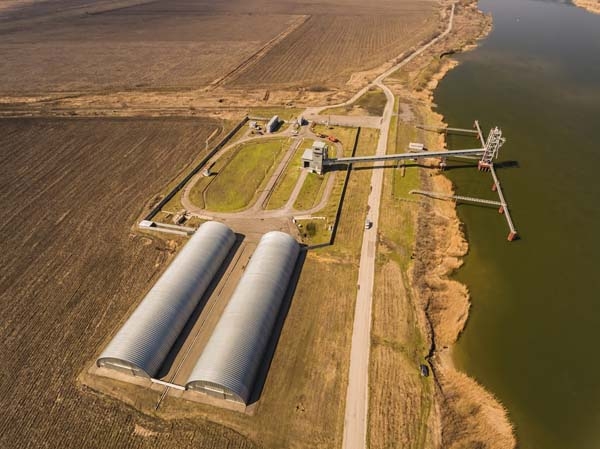
Russia is currently sitting on top of a produce and grain storage deficit. At present, there’s a total grain storage capacity of around 120m tons, whereas for fruits and vegetables, capacity measures 7.8m tons.
Significant gaps in storage remain. This might be good news for suppliers of warehousing and stockpiling solutions, but it’s not so great for exporters and growers. For instance, in fruits and vegetables, as much as 3.2m tons of produce lacks proper storing facilities. This has a knock effect for both domestic supplies and exports, so it’s of the utmost importance to tackle this trend.
That means more construction work on appropriate agricultural buildings. The government has plans in place to add a further 10 million tons from now until 2030. Much of this will be built in the Eastern half of the country, as current infrastructure is mostly located in southwest, in Krasnodar, and the Urals region.
Conversely, it’s not all bad news for fruit and vegetable storing. Igor Mukhanin of the Association Growers says the total volume of storage facilities for these products has risen considerably across the past ten years. According to Mr Mukhanin, capacity could only contain 15% of harvests 10 years ago. In the present day, that figure has risen to 50%.
Progress is being made, but with agriculture booming in Russian right now, there is much to be done for complete storage security.
Increased Russia-wide demand for agricultural machinery
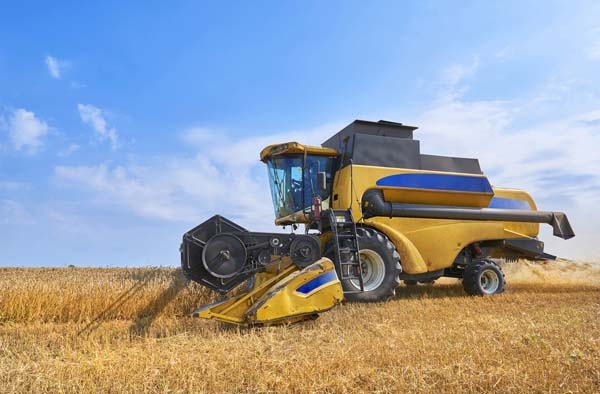
It’s all well and good pushing agricultural production to new heights, but without the proper machinery and equipment, Russia won’t be able to fulfil its enormous potential. Machinery fleets have essentially halved since the turn of the millennium.
There simply is not enough machinery nationwide. While the likes of CLAAS are enjoying greater sales, farmers are currently struggling under the weight of their outmoded equipment and technology.
Former Minister of Agriculture Alexander Tkachev has said as many as 180,000 modern tractors and 80,000 combines are needed to properly outfit the Russian crop farming community. That isn’t counting technology like ploughs, seeders, and cultivators, where numbers have drastically slumped.
The answer is imports. For Russians agricultural machinery and crop harvesting equipment is an import market worth $1.2bn.
Russia’s government has set a hefty food supply target. By 2025, it wants to be completely self sufficient in supplies, but if equipment and technology remains in its current static state, this doesn’t really seem achievable.
Importing new machinery holds the keys to success.
Fuel a brighter future for Russian agriculture at YugAgro
With foreign firms already well established in Russia, its agricultural sector will need their expertise and equipment to secure its bright future.
YugAgro, the country’s largest international agricultural machinery exhibition, is Russian crop farming’s biggest trade platform. It’s a place for foreign companies to meet and network with nearly 17,000 visitors from grain companies, agroholdings, and private farms, attending each event.
What’s more, the exhibition is the only event of its kind in Russia’s chief agrarian province of Krasnodar, positioning machinery and equipment suppliers in Russia.
Click here to reserve your stand.
For further info, please contact the YugAgro team with any questions or queries you have.



